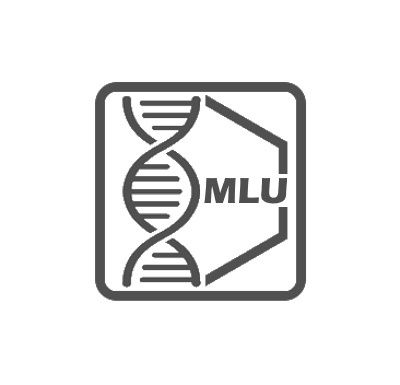Mike Schutkowski, Matthias Schmidt and Wolfgang Sippl
Prof. Mike Schutkowski
Institute of Biochemistry and Biotechnology/Enzymology
Kurt-Mothes-Straße 3
06120 Halle (Saale)
+49 (0) 345-55 24828
mike.schutkowski@biochemtech.uni-halle.de
Dr. Matthias Schmidt
Institute of Pharmacy/Medical Chemistry
Wolfgang-Langenbeck-Straße 4
06120 Halle (Saale)
phone: +49 (0) 345-55 25188
matthias.schmidt@pharmazie.uni-halle.de
Prof. Wolfgang Sippl

Institute of Pharmacy/Medical Chemistry
Wolfgang-Langenbeck-Straße 4
06120 Halle (Saale)
+49 (0) 345-55 25040
wolfgang.sippl@pharmazie.uni-halle.de
Inna Slynko
PhD student
Biological characterization of human protein kinase Myt1 and its role as modifying regulator of cyclin B/Cdk1 kinase system and histone H1 chromatin system – substrate recognition and inhibitor development
The Wee kinase family includes two kinases, Wee1 and Myt1, which are located differently, but share a similar cellular function. While the nuclear Wee1 is specific for phosphorylation of Tyr-15 of cell cycle regulating Cdk1, the cytosolic Myt1 is dual-specific for Tyr-15 as well asThr-14. Both phosphorylations act as inhibitory mechanisms to regulate the kinase activity of Cdk1/CycB complex, the so-called M-phase promoting factor (MPF). Recent results show that Myt1 is of major importance in checkpoint recovery. MPF controls entry into mitosis and is in turn regulated by accumulation of Cyclin B (activation) and phosphorylation/dephosphorylation by Wee kinases and Cdc25 phosphatases. Since many cancer cell lines show defective G1 checkpoint mechanisms, they totally rely on the G2 checkpoint for maintaining genomic integrity. Therefore, abrogation of the G2 checkpoint is a promising concept for preferential damaging of cancerous cells over normal cells. Besides Wee1, Myt1 is also proposed to be a suitable target for cancer therapy of pushing the cell cycle forward rather than arresting it, but the lack of specific inhibitors prevents further studies so far.
The lack of Myt1 data is mainly caused by two facts: Firstly, it is a membrane-associated kinase that is difficult to prepare and test. Secondly, it shows restrictive substrate acceptance which strongly impairs assay development. Kinase activity assays in general are not easy to perform. Simple photometric assays are not possible so far and the measurement of ATP/ADP level is dependent on the use of suitable substrates. Another way to screen for kinase inhibitors is the use of binding assays, which is particularly attractive for kinases where a suitable in-vitro substrate is not available yet or special interest lies with inhibitors targeting inactive conformations.
Aims of our studies are the development of fluorescent assay systems and the analysis of the Myt1 substrate profile. A powerful technique for binding measurements is the detection of fluorescence anisotropy. Our new assay is the first transparent Myt1 binding assay, based on fluorescence anisotropy and the principle is widely applicable for many other kinases. Furthermore a direct and continuous kinase activity assay will be developed based on the results of substrate phosphorylation studies using peptide microarray technology.




